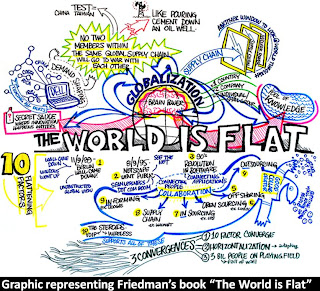Following my most recent work blog post, I thought I’d add in a ‘StringTheory’ strategy.
First of all here’re some books that will be of interest if you liked the Engine blog post:
The Innovators dilemma – Looks into how disruptive innovation can damage great firms by changing the game in a way they failed to foresee
The Singularity is near – A film based on this book is now out, if the only reading you enjoy is this blog. It’s about intelligence becoming enhanced by the union of humans and machines
The Physics of Star Trek – Basically put is Star Trek physically possible...... most technologies/technologists appear to have been inspired by the show as it is
Below is a screenshot from Blade Runner that’s set in the year 2019. Could LA look like this in 8 years?
I’ve shown this image as I wanted to make the point of how important SCI-FI is. From SCI-FI’s inspiration for the books above and its huge ambition for progress. LA is unlikely to look like the above in 8 years but it’s something that Philip Dick could imagine in the book the movie was based on Do Androids Dream of Electric Sheep? That other SCFI ‘imagineers’ could then design visually (Ridley Scott, Hampton Fancher and David Peoples).
Although SCI-FI still has a bit of a stigma attached to it:
As of late though SCI-FI and what was once considered geeky has become more socially acceptable, as Hollywood has promoted it into the mainstream. Making millions from Marvel and DC comic books I read as a kid (something I didn’t promote around school).
The strategy here is simple. Embrace SCI-FI, embrace your inner geek. This doesn’t mean move into your parent’s basement and watch back to back Star Trek episodes, it just means embrace imagination and the fantasy of what could be, so you can “invent the future”.
An example of the difference in mindsets is highlighted in Frequently Asked Questions About Time Travel.
See you in the future. Where I hope you have a SCI-FI head on your shoulders.


































